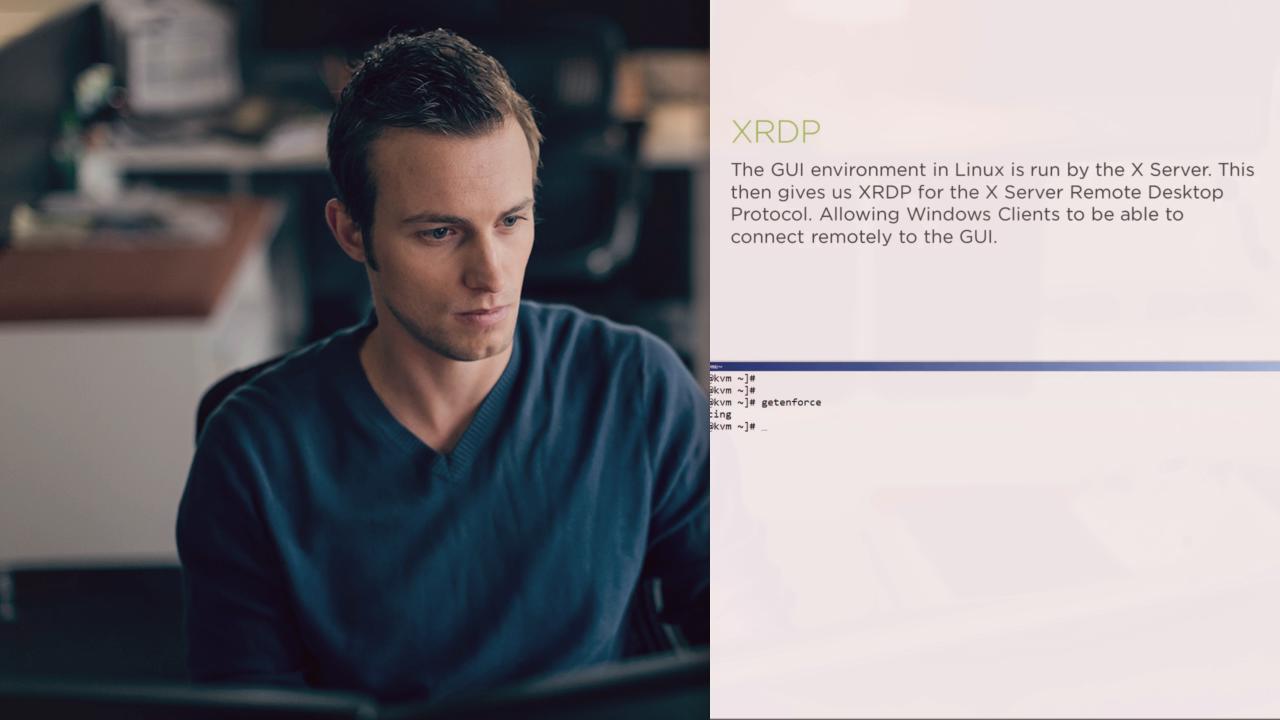- Course
CentOS Enterprise Linux 7 Virtualization Management
This is the final course of 7 that helps prepare you for the Linux Foundation Certified Administrator exam. As the name suggests, we delve into the world of virtualization.

- Course
CentOS Enterprise Linux 7 Virtualization Management
This is the final course of 7 that helps prepare you for the Linux Foundation Certified Administrator exam. As the name suggests, we delve into the world of virtualization.
Get started today
Access this course and other top-rated tech content with one of our business plans.
Try this course for free
Access this course and other top-rated tech content with one of our individual plans.
This course is included in the libraries shown below:
- Core Tech
What you'll learn
In today's competitive IT market, virtualization has become king and for those who can manage virtualization your future is secured. In this course, you will learn to manage virtual machines in an open source environment using Libvirt and KVM. Next, you'll learn to keep these virtual machines highly available via live migration by moving a running virtual machine from one KVM host to another. Finally, you'll learn how to create and manage lightweight system with Linux containers and Docker. When you're finished with this course, you will have the skills and knowledge needed to succeed in today's virtual IT environment. Software required: CentOS 7.x

